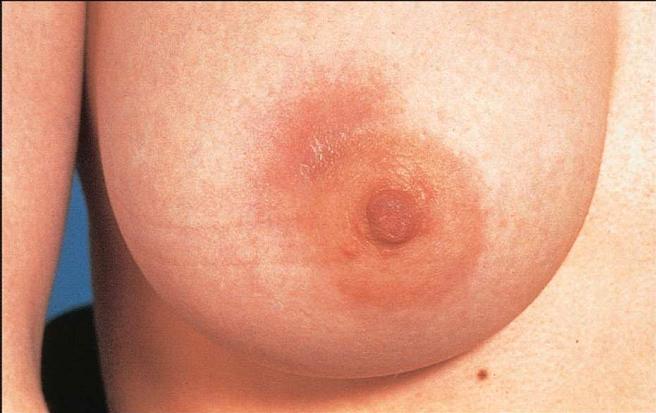Mastitis
When an area of the breast does not drain sufficiently, bacteria may begin to grow in that area and cause an infection, a condition called mastitis.
Symptoms of mastitis include swelling, burning, redness, or pain, and you may have fever, flu-like symptoms, or generalized aches. If you have any of these symptoms, let your doctor know at once.
Treatment consists of warm compresses and antibiotics, along with frequent breastfeeding, rest, plenty of fluids, and pain medication. When your doctor prescribes antibiotics for mastitis, it is important to complete the entire prescription amount. Many mothers are concerned about the antibiotic being transmitted in the breast milk and affecting the baby, so they either don’t take the medicine or stop earlier than recommended. The antibiotics given to treat mastitis do not generally cause any problems for the nursing infant, and failure to complete the course may increase your chance of developing another episode of the infection. Repeat or untreated breast infections may cause scarring, which can impact your milk production even with subsequent pregnancies and breastfeeding experiences.
It’s important to continue breastfeeding while you have mastitis, since frequent nursing helps drain your breasts and prevents the infection from spreading. Your baby will not be harmed by drinking your breast milk. Sometimes the breast milk may taste “salty” and may be refused by the baby.
If it is too painful to have your baby nurse on the infected breast, move him to the other breast and open up both sides of your bra to let milk flow from the sore breast onto a towel or absorbent cloth. Frequently expressing milk from the affected breast with a breast pump will also help relieve the pressure and speed up the healing process. Milk must be removed from the infected breast either by the baby or with a pump.


Leave a Reply